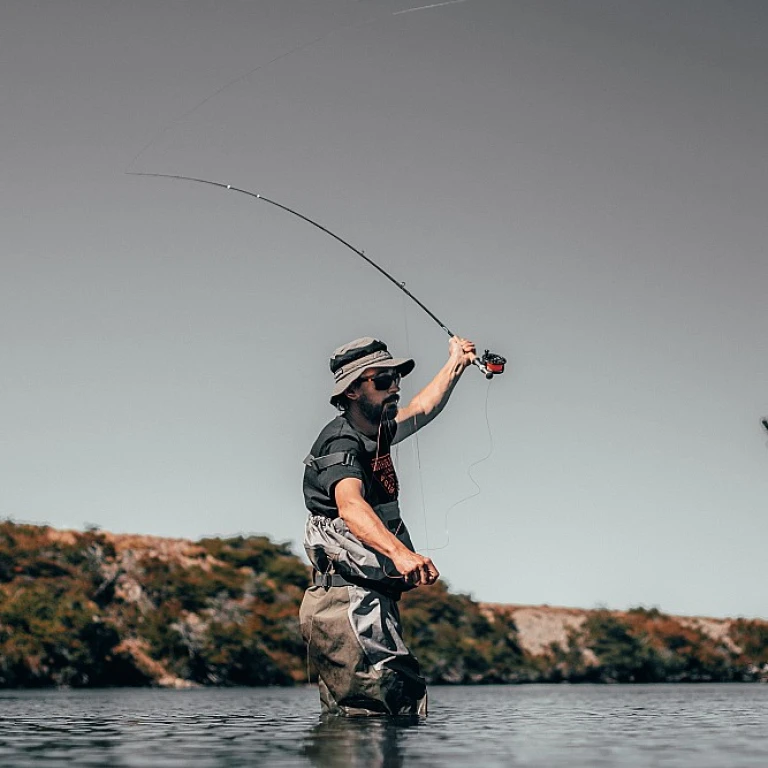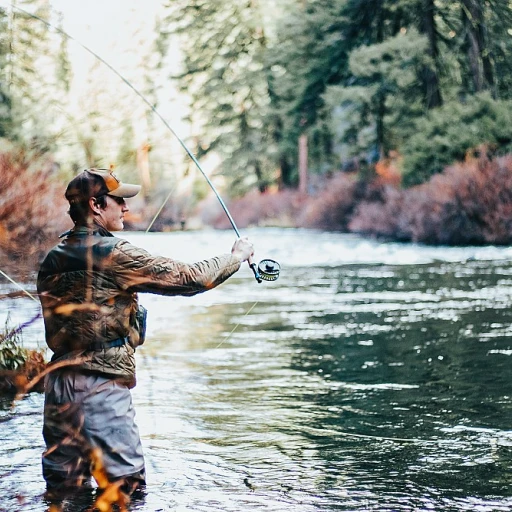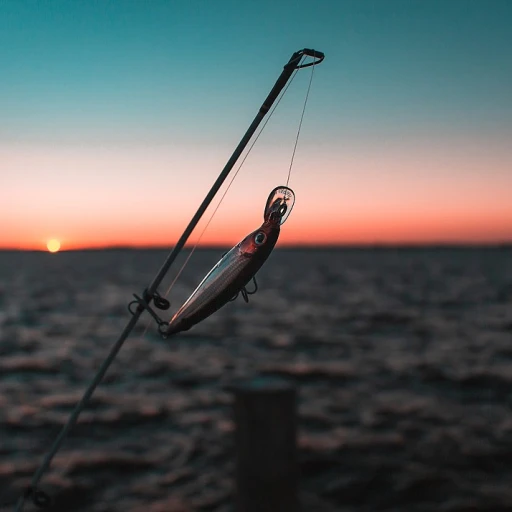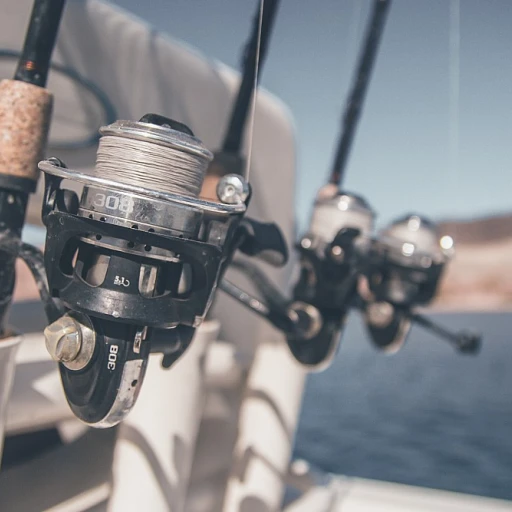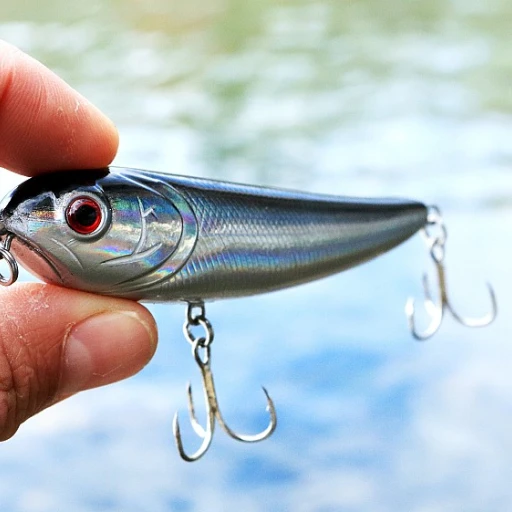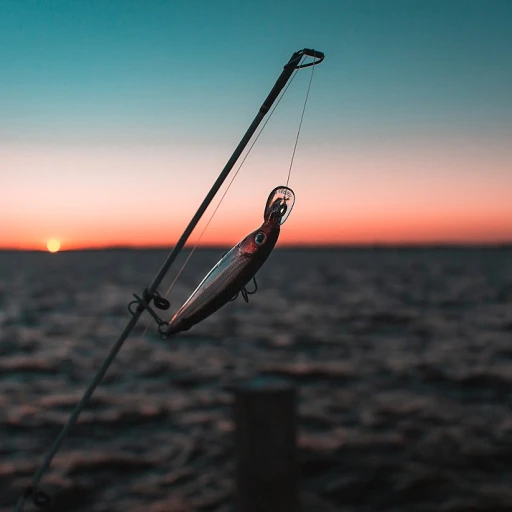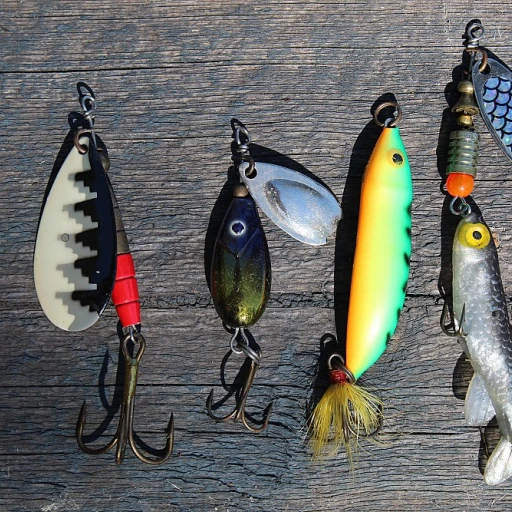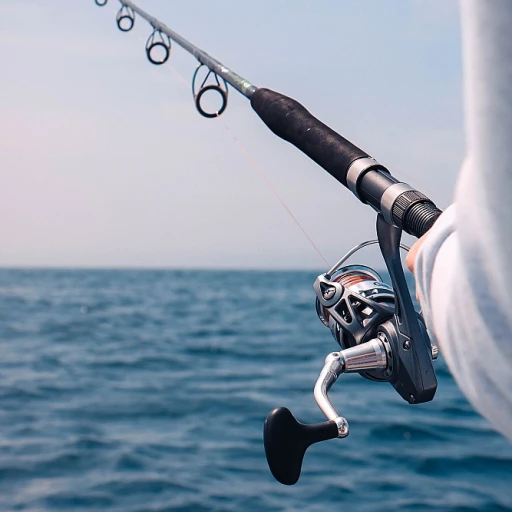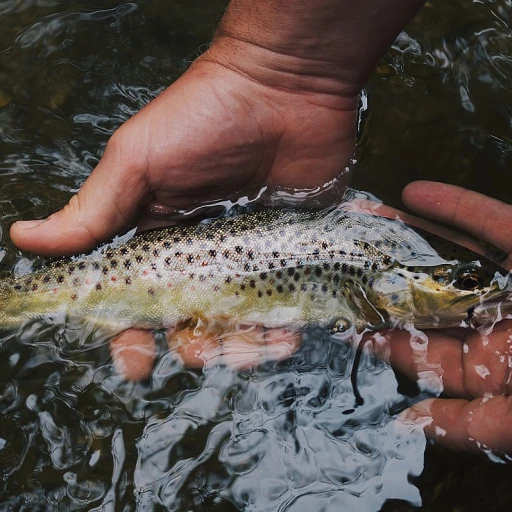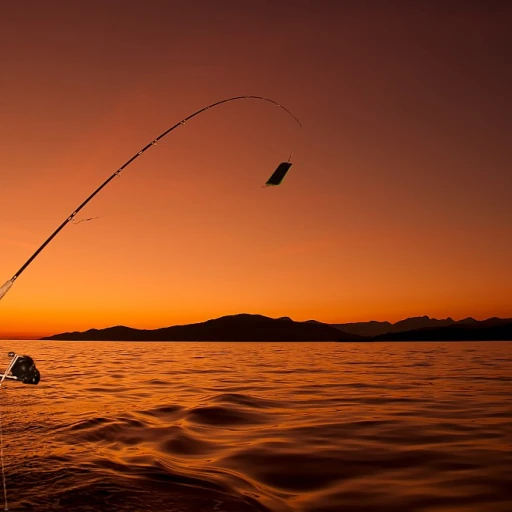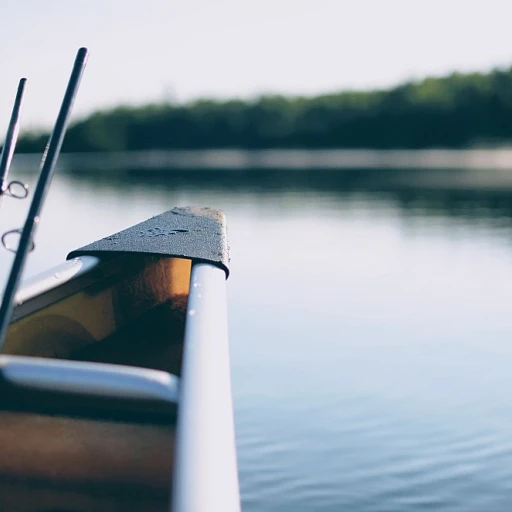
Understanding the 4 lb Bass
Getting to Know the Target: The 4 lb Marvel
When it comes to recreational fishing, the allure of catching a 4 lb bass is undeniable. This size of bass represents a thrilling challenge for anglers of all skill levels. But what makes the 4 lb bass so special? To succeed in your pursuit, understanding the behavior, habitat, and unique characteristics of these fish is essential.
The 4 lb bass falls within a category where agility and strength combine to provide an exciting fight on the line. These bass are known for their unpredictability and ability to put up a stubborn battle, making them a prized catch for any angler.
Firstly, it's important to know the seasonal habits of bass as their activity levels change with the temperature. During warmer months, bass tend to be more active and are often found in shallower waters. In contrast, cooler months might find them retreating to deeper spots.
The aquatic vegetation and underwater structures such as fallen trees and rock formations provide a perfect hiding space for bass, offering them both food and protection from predators. Bass are ambush predators, which means they rely heavily on such cover to surprise their prey.
Furthermore, understanding the diet of a 4 lb bass is crucial. These fish are opportunistic eaters, feeding on anything from smaller fish and insects to crawfish. Adapting your bait to match these preferences can significantly increase your chances of success.
For more insights on enhancing your fishing endeavors, you can dive into expert advice on catching large panfish, which complements your bass fishing knowledge.
Top Fishing Spots for Bass
Best locations to reel in a hefty catch
As any seasoned angler will tell you, knowing where to cast your line can make all the difference when you're aiming to land a bass that tips the scales at four pounds. While there's no shortage of great fishing spots, certain locations are renowned for producing bass of this size, offering enthusiasts a rewarding fishing experience.- Local lakes and ponds: Smaller bodies of water can house large bass, provided they have the right conditions. Focus on areas with healthy aquatic vegetation and abundant prey.
- Reservoirs and large lakes: Many reservoirs and large lakes host massive populations of bass. Check fishing reports and local guides to identify hotspots within these vast bodies of water.
- Rivers: Though not always the first choice, rivers provide an excellent fishing environment. Bass often seek refuge in eddies and slower-moving sections, making them prime targets.
Gear Up: Essential Fishing Equipment
Equipping Yourself with the Right Gear
Catching a robust 4-pound bass requires more than just skill; your success heavily depends on the fishing equipment you bring along. Investing in the right gear can be a game-changer when pursuing this prized catch.
- Rod and Reel Combo: Opt for a medium-heavy spinning reel. It provides the perfect balance of strength and sensitivity. Picking the right length and action also depends on your fishing technique and personal preference.
- Fishing Line: Start with a 10-12 pound test monofilament or fluorocarbon line. These lines offer a good combination of strength and flexibility, essential for reeling in a 4-pound bass.
- Baits and Lures: Soft plastic worms or crankbaits work wonders. Choose colors and designs that mimic the bass’s natural prey, and always keep an assortment handy to adapt to changing conditions.
- Tackle Box Essentials: Include hooks, bobbers, weights, and a reliable pair of pliers. Having a versatile tackle box ensures you’re prepared for any unexpected challenges on the water.
Technology Meets Tradition
Embrace technology's role in modern fishing—a depth finder or fish finder can significantly increase your chances of success. By identifying the optimal locations, these gadgets complement your experience-driven intuition.
Check out this record-breaking catch to see how advanced technology and traditional skills blend to achieve remarkable results.
Techniques for Catching Big Bass
Mastering Your Casting Technique
For those aiming to reel in a 4-pound bass, mastering your casting technique can make all the difference. Precision and distance are key factors.- Practice casting regularly: Whether it's in your backyard or local pond, frequent practice will improve your accuracy and confidence.
- Select the appropriate lure: Depending on water conditions and bass behavior, choose from a variety of lures such as crankbaits, spinnerbaits, or soft plastics to attract the attention of that big bass.
- Use a smooth motion: Avoid jerky movements and maintain a steady, flowing cast to ensure your lure lands softly and naturally.
Timing is Everything
When targeting large bass, especially the elusive 4-pounders, timing plays a crucial role:- Early morning and late afternoon: Bass are often more active and willing to bite during these hours, making it ideal for fishing.
- Cloudy days and moderate temperatures: These conditions tend to bring bass closer to the surface, providing better opportunities for a successful catch.
Reading the Water
Understanding water dynamics can greatly enhance your fishing success. Look for the following signs:- Weed lines and structure: Bass often hide in these areas, waiting to ambush prey. Casting near them can increase your chances of a strike.
- Water clarity and temperature: Clear, warmer waters are generally more favorable for bass fishing.
Catch and Release: Best Practices
Preserving the Future: The Importance of Catch and Release
Reeling in a 4-pound bass is a thrilling achievement for any angler, but the story doesn't end at the catch. Ensuring the health and sustainability of bass populations for future fishing endeavors requires us to embrace responsible practices like catch and release. Here are some best practices to consider:- Minimize Handling: When a bass is caught, reducing its time out of water is crucial. Wet your hands before handling the fish to maintain its protective slime coat, which helps prevent infections.
- Avoid Direct Sunlight: Keep the fish shaded while taking pictures. The bass's skin can be sensitive, and direct sunlight can cause unnecessary stress.
- Use Proper Tools: Have a pair of needle-nose pliers handy to carefully extract the hook while causing minimal harm. Barbless hooks can also help in this regard.
- Revitalize Before Release: Gently move the fish back and forth in the water to facilitate oxygen flow through the gills before releasing it. This helps the fish regain its strength.
- Assess the Fish: Sometimes, despite our best efforts, a fish may not survive. If a fish is deeply hooked, or if it's fatigued beyond recovery, consider keeping it within legal limits instead of sending it back.

